Long grass is fuelling anger in communities across Perth and Kinross this summer.
Residents are hitting out about inaccessible play areas, dangerous road verges, unmown cemeteries and weeds running rampant.
Some of the reductions in grass cutting are connected to a new Grow Wild policy, introduced by Perth and Kinross Council.
But others have been blamed on staffing issues and the warm, wet weather.
So why are these changes proving so unpopular?
And is the council listening to complaints?
We put 13 of the most common questions to Perth and Kinross Council, and here is what they told us.
1. Why are you calling this re-wilding when it’s really council cost-cutting?
Taking this approach helps reduce carbon emissions, contributes to biodiversity
and more natural open spaces by encouraging native flora and fauna, and reduces
maintenance costs.
The grassland management trials we carried out in 2021 and 2022 showed the range
of benefits that changing our approach can bring.
And we are far from alone as a local authority in looking to manage green spaces differently.
We are making some savings already on not cutting grass in areas of parks and
greenspaces which do not require the grass to be regularly cut and can be left for
the benefit of wildlife.
2. Do you agree long grass encourages people to leave litter, dog mess, glass, and dirty needles?
We are continuing to manage litter in line with the Environmental Protection Act. And
we will respond to any build-up of litter in open spaces.
We would encourage residents to keep reporting littering/flytipping so we can take action.
Path lines are being cut through longer areas of grass, so they do not impede public
access.
These are wide paths, intended to make it easier for dog owners/walkers to see what their pets are doing so they can ensure they remove any dog waste, which is their responsibility to do in the first place.
3. What about ticks? People are afraid to let their kids and pets play in untended areas
We understand public concern about the apparent increase in ticks occurring in
Scotland.
This is partly due to milder winters, and they can be found anywhere from
woodland and moorland to parks and gardens.
Most tick bites are, however, harmless – only a small proportion of the insects have the bacteria that causes Lyme disease.
We would encourage residents to be aware of the risks and take steps to protect themselves as advised by NHS Scotland.
4. Why aren’t you planting wildflowers, like other places, instead of leaving weeds to grow?
Wildflowers and native plants, trees and shrubs are already being planted in green
spaces around Perth and Kinross.
This is through initiatives like Wonder Mix where we are growing plants ourselves, and sourcing wildflower seeds and saplings locally.
The provision of plants and seeds to community groups and organisations to help them
enhance their local green spaces will continue.
5. Why are you leaving long grass by the roadsides? It’s dangerous, obstructing vision for drivers and forcing pedestrians into roadways
We are sorry that some issues with verge maintenance arose earlier this year.
This was due to warmer, wetter weather conditions encouraging vigorous extra growth, and also from resourcing issues.
However, we would also want to make it clear that this maintenance does not form part of the Grow Wild project.
A, B and C class roads only will be cut this year to manage the contract within existing resources.
6. Long grass is ugly and unsightly, I’ve never seen the area looking so bad. What kind of impression is this giving visitors?
We absolutely recognise that not everyone will be in favour of the changes being
made.
However, we have also received many expressions of support for Grow Wild
and the opportunity this gives to develop more natural green spaces and contribute
to tackling the climate change and biodiversity emergencies we face.
Leaving long grass in parks and greenspaces is common practice across Scotland, the UK and Europe and is no different in Perth and Kinross.
7. Why aren’t you mowing in cemeteries? Long grass there is disrespectful and an obstacle to visitors
We would apologise for any distress and inconvenience experienced by visitors to
cemeteries and graveyards earlier this year.
The issues impacting on normal maintenance were the same as for road verge cutting.
In general, we are making no changes to maintenance arrangements for cemeteries in operation. These will receive regular grass cutting during the growing season.
In many older cemeteries grass can be left to grow longer to help protect headstones from regular mowing and enhance wildlife habitats. There are many ‘green graveyards’ throughout the country.
In addition, we support 16 Friends of Cemeteries groups to do work to help look after cemeteries across Perth and Kinross:
8. Why are you encouraging the spread of weeds such as giant hogweed and ragwort, which are poisonous and harmful to humans and animals?
Our approach to tackling invasive species of plants like giant hogweed or Japanese
knotweed has not changed.
Where these appear on council land, we will take appropriate action to remove them.
But reducing use of chemical weed-killers means native plants such as thistles, docks
and nettles may be more visible.
9. How were the sites for Growing Wild thought out? Poor choices have left some recreation areas unusable
Previous grassland management trials in 2021 and 2022 gave us a starting point
for Grow Wild which extends the approach out to more areas.
The areas have been carefully thought out, and should not impact on the main recreational uses of the greenspace.
However, as we have already stated earlier, public feedback and input is vital to allow us to adjust maintenance arrangements, so they support biodiversity at the same time as ensuring free public access to green spaces.
Some adjustments have already been made on sites following feedback from the
community, for example at Glenfarg Park as a result of comments from the Friends
of the Park group and the local community council.
10. Why weren’t we consulted before this was introduced?
The timing of council budget decisions and the start of the grass cutting season
meant it was not possible to consult widely before the changes were implemented.
However, by rolling this out in a contained way as part of the ongoing trial process
over a three-year period we have more flexibility to reflect local needs and involve
the communities concerned.
Consultation was undertaken as part of the original trials. And information has been provided on the council’s website this season, including an online survey.
Signage has been put on sites and we are in touch with community councils, bloom groups and paths groups in the trial areas.
We will be providing information in advance of the expansion of the trials for next season, based on a review of the process this year.
11. Why won’t the current consultation let me comment on the policy in general, just on specific areas?
We appreciate this feedback and will look to amend the survey as a result.
12. What’s the point of taking part? How can you convince us you will listen to public feeling?
Community engagement is key to Grow Wild. It helps us to identify local
opportunities and constraints, so the right balance is achieved between benefit to
communities and the overall approach laid down by council policy.
We have already been using responses to the survey to adjust how sites are maintained, and this will continue.
In expanding the trials, we will work with communities and the network of 118 local volunteer groups already supported by Community Greenspace wherever possible.
13. What happens next?
We recognise that the approach will take some time to bed in. Public feedback and
input is, therefore, really important so we can review and adjust maintenance
arrangements from site to site.
As Grow Wild is rolled out, we will continue working with communities and the
network of 118 local volunteer groups that our Community Greenspace team
already supports wherever possible.
Grow Wild is an extension of the previous grassland management trials, and a final
report will be put to the climate change and sustainability committee at the end of
the three-year period, before any final plans are confirmed.
Now, it’s over to readers.
Are you satisfied with Perth and Kinross Council’s responses? What else would you like us to ask on your behalf?
Please respond in the comments and we will do our best to get answers.
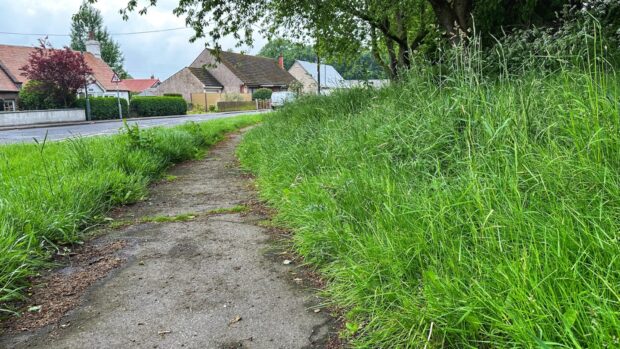
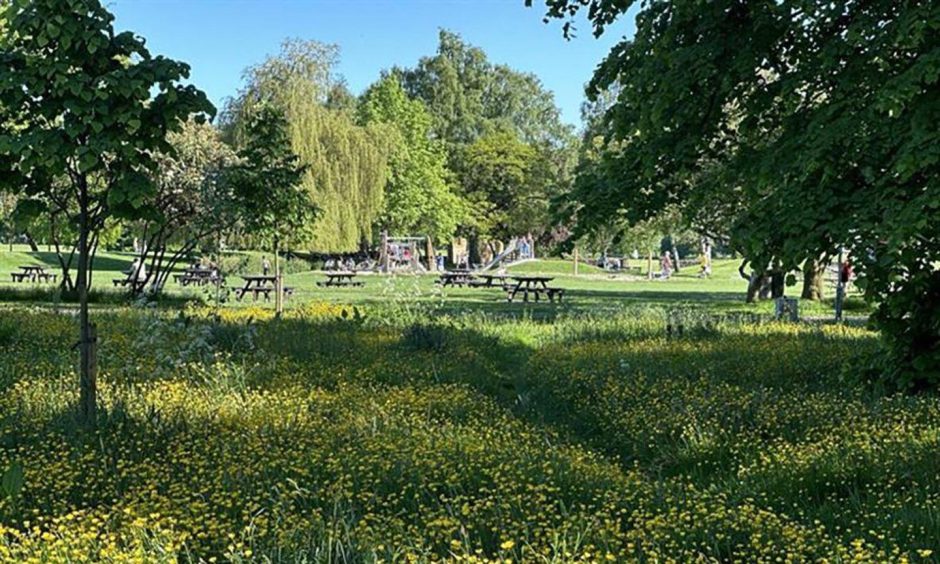
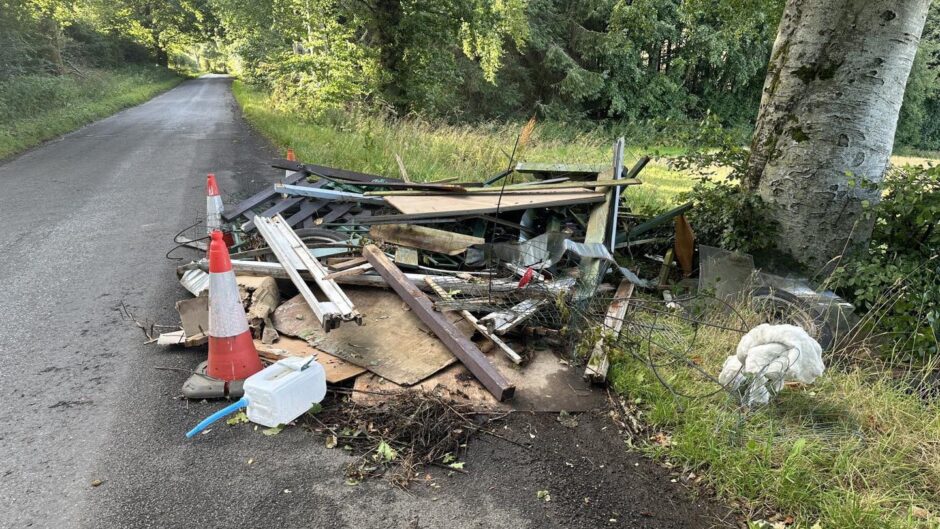
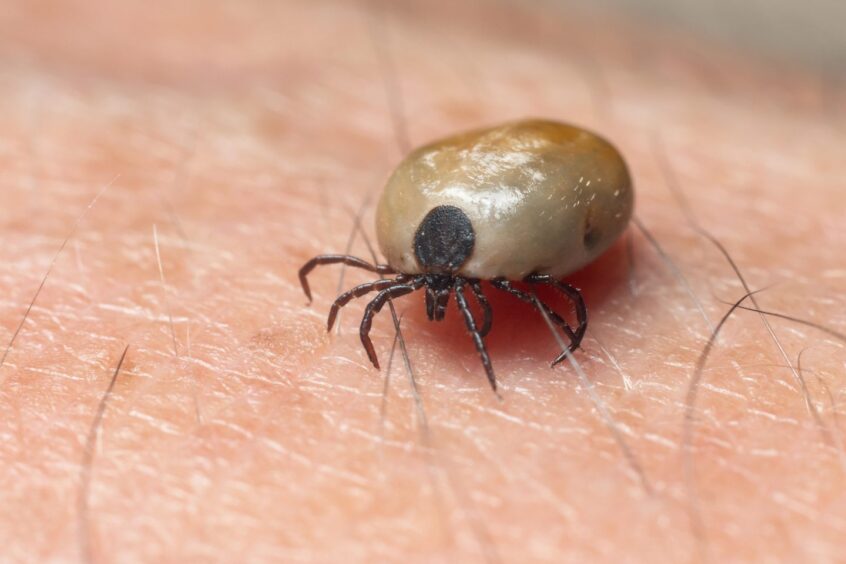
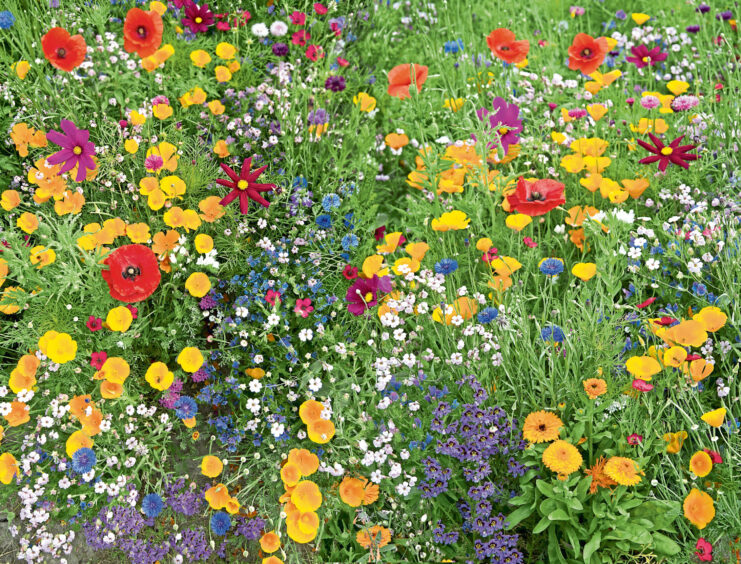
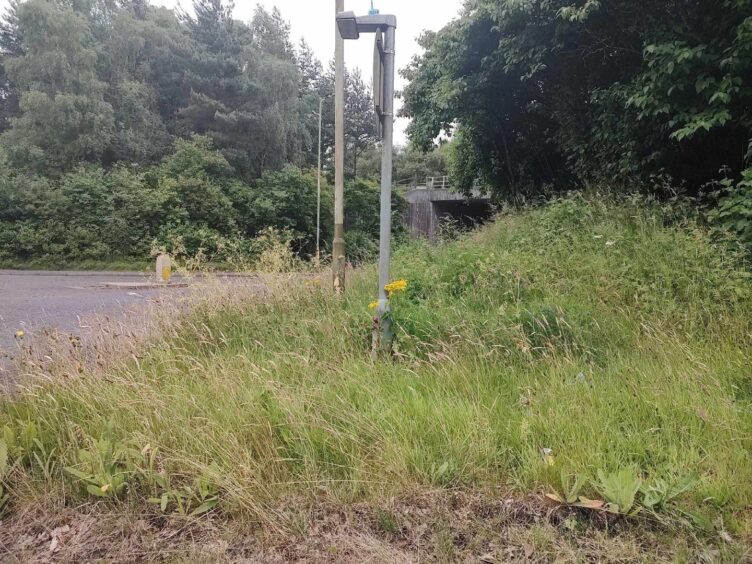
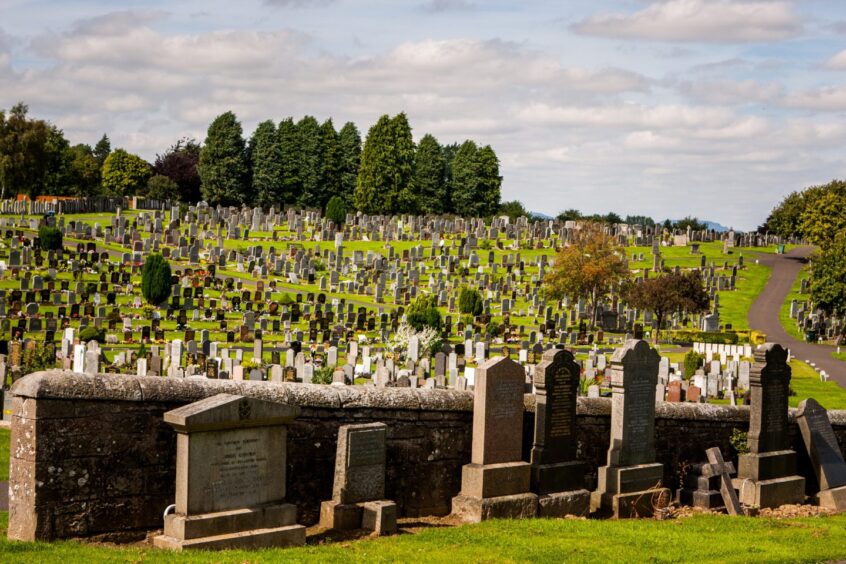
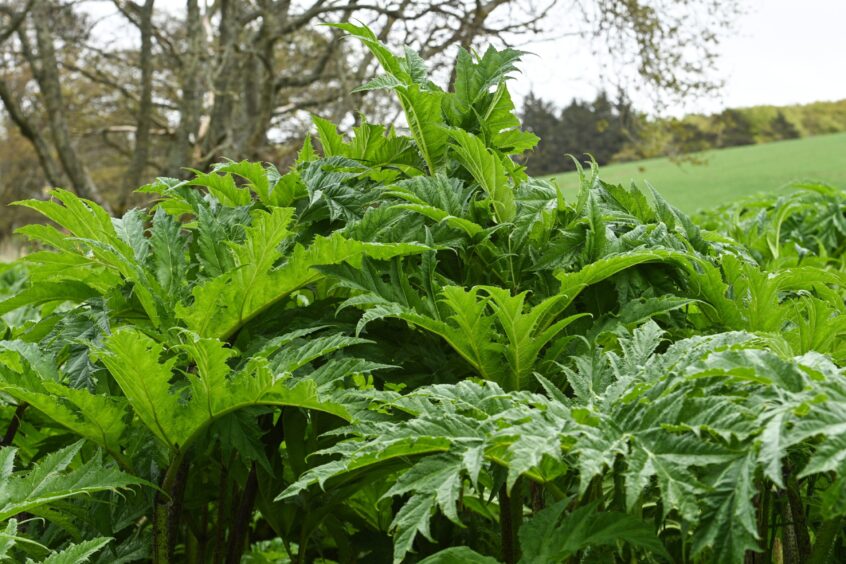
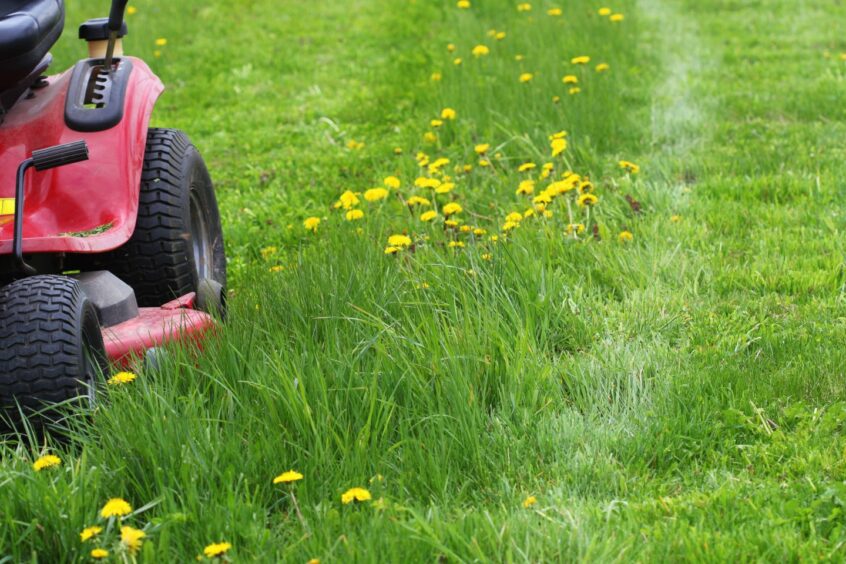
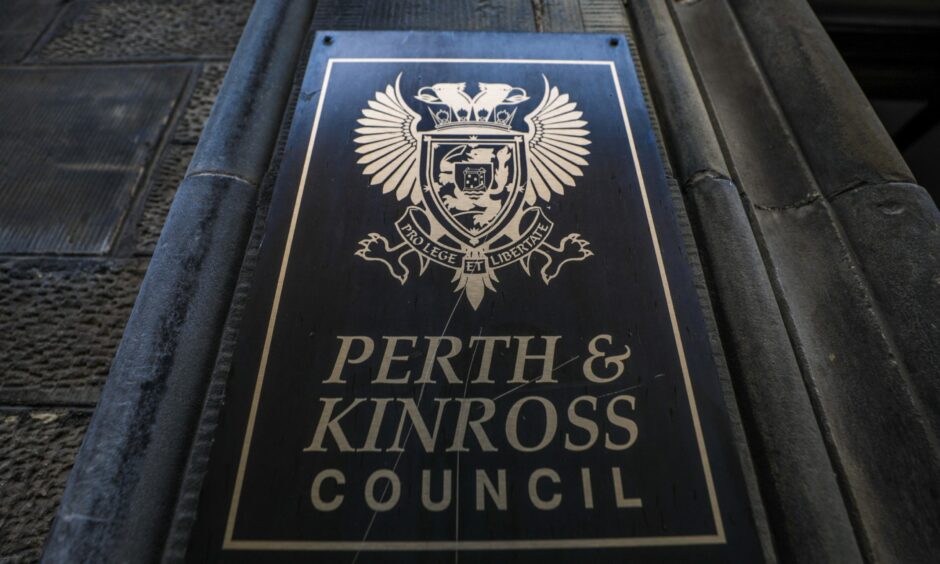
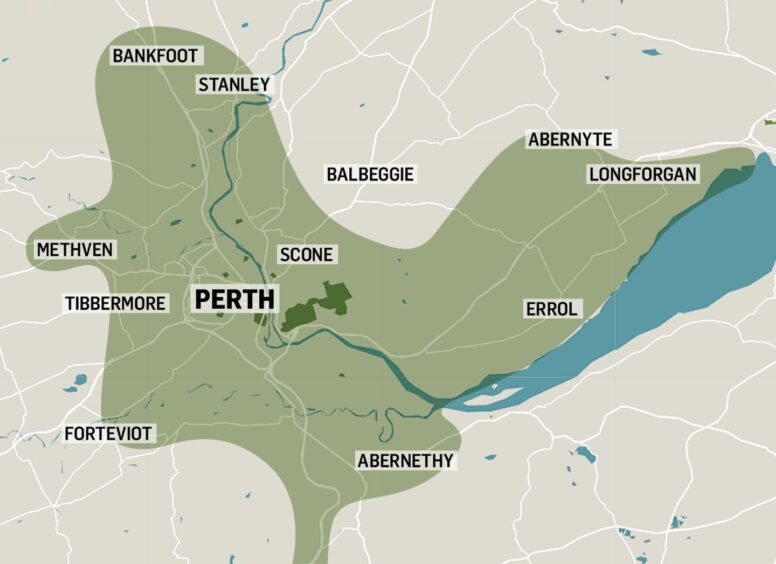
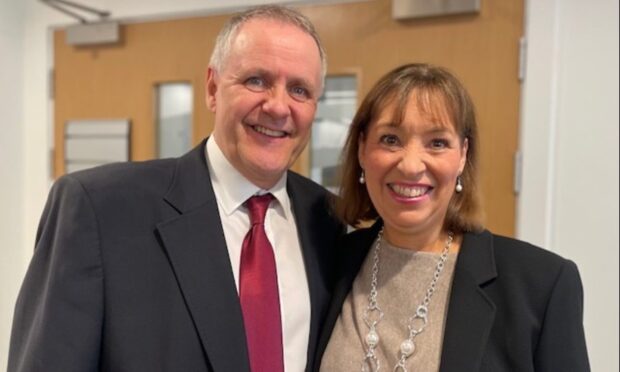
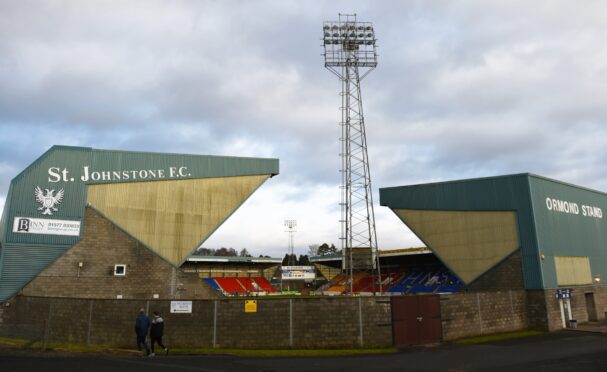



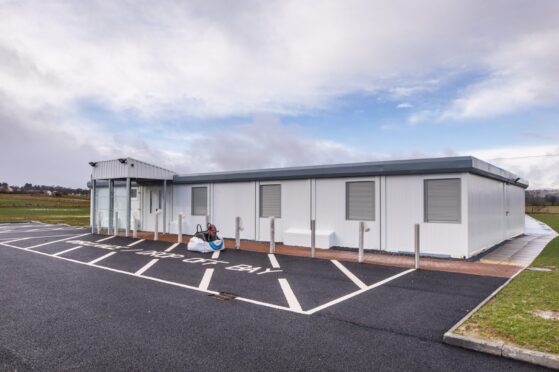
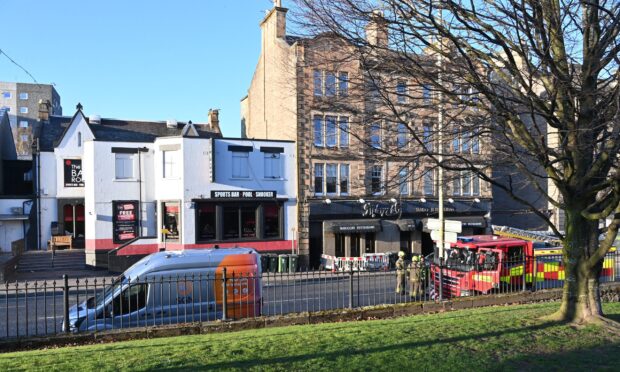

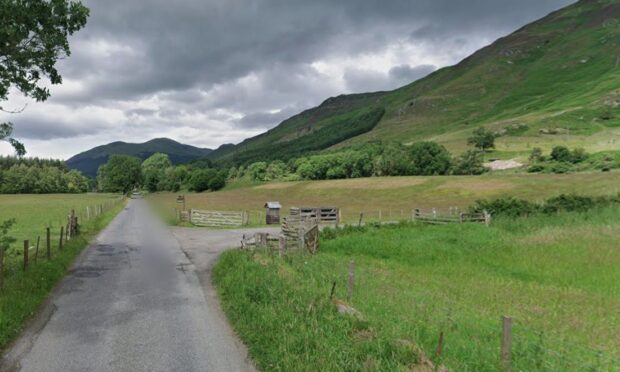
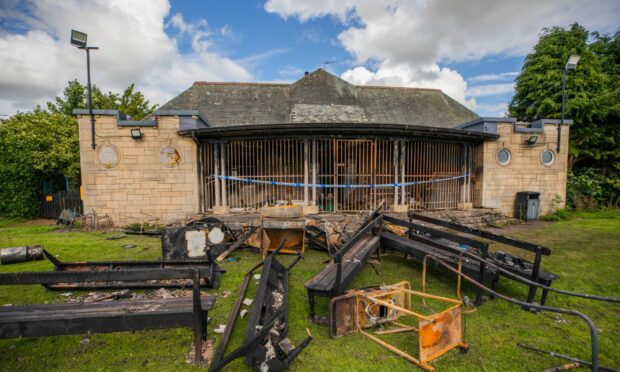
Conversation